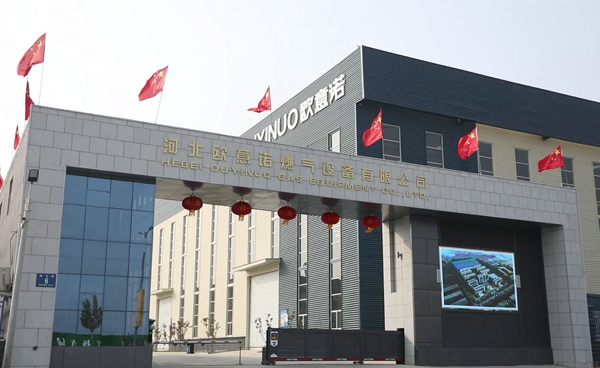
Nov . 21, 2024 15:19
Back to list
منظم الضغط
Understanding the Pressure Regulator Function, Types, and Applications
A pressure regulator is an essential device in various industrial, commercial, and residential applications, playing a crucial role in maintaining the desired pressure levels of gases or liquids. It ensures that the pressure remains constant and within specified limits, regardless of fluctuations in the input pressure. This article delves into the function, types, and applications of pressure regulators, highlighting their significance in comparable systems.
Function of a Pressure Regulator
The primary function of a pressure regulator is to reduce and control the pressure of a fluid from a high-pressure source to a desired lower pressure. When a fluid (gas or liquid) is transported through a system, it may encounter various pressure levels due to changes in elevation, flow rate, or resistance in pipes and fittings. A pressure regulator helps maintain consistent pressure to prevent damage to equipment and ensure operational efficiency.
Pressure regulators work by using a diaphragm or piston mechanism, which reacts to the downstream pressure levels. When the downstream pressure exceeds the setpoint, the regulator reduces the flow of fluid, thus lowering the pressure. Conversely, if the downstream pressure drops below the desired level, the regulator allows more fluid to pass through to restore the pressure to its setpoint. This automatic adjustment helps in achieving a steady state of pressure, which is critical for the proper functioning of many systems.
Types of Pressure Regulators
Pressure regulators can be classified into several types based on their design and application
1. Single-Stage Regulators These are the simplest type of pressure regulators, designed to reduce pressure in one step. They are typically used in applications where pressure fluctuations are minimal, such as in laboratory settings or small gas cylinders.
2. Two-Stage Regulators As the name implies, these regulators reduce pressure in two distinct stages. The first stage reduces the high inlet pressure to an intermediate level, while the second stage further reduces it to the desired outlet pressure. This design is beneficial in systems requiring high accuracy and stability, such as in welding or medical applications.
.
4. Relief Valves While not conventional regulators, relief valves are critical components in pressure management systems. They release pressure when it rises above a predetermined level, protecting equipment from overpressure conditions.
منظم الضغط

5. Electronic Regulators These advanced regulators use electronic controls to maintain pressure more accurately. They often include sensors and feedback mechanisms, allowing for real-time adjustments and monitoring.
Applications of Pressure Regulators
Pressure regulators find applications in a wide range of fields, including
- Industrial Manufacturing In factories, pressure regulators are used in pneumatic and hydraulic systems to control pressures required for various processes, enhancing efficiency and safety.
- Healthcare In medical gas systems, such as those delivering oxygen, pressure regulators ensure that patients receive gas at safely measured pressures.
- Fuel Systems In automotive and aerospace industries, pressure regulators help maintain fuel delivery pressures, ensuring optimal engine performance.
- HVAC Systems In heating, ventilation, and air conditioning systems, they control refrigerant pressure to optimize system efficiency and reliability.
- Beverage Dispensing In bars and restaurants, regulators ensure that compressed gases, such as CO2, are delivered at consistent pressures for carbonation and dispensing systems.
Conclusion
In conclusion, pressure regulators are vital components in various systems requiring precise control of pressure levels. Their ability to maintain consistent pressure not only promotes efficiency and safety but also protects equipment from potential damage due to overpressure. With advancements in technology, various types of regulators have emerged, catering to the specific needs of different industries. Understanding the function and applicability of these devices is essential for anyone involved in fields reliant on fluid dynamics and pressure control.
Next:
Latest news
-
Safety Valve Spring-Loaded Design Overpressure ProtectionNewsJul.25,2025
-
Precision Voltage Regulator AC5 Accuracy Grade PerformanceNewsJul.25,2025
-
Natural Gas Pressure Regulating Skid Industrial Pipeline ApplicationsNewsJul.25,2025
-
Natural Gas Filter Stainless Steel Mesh Element DesignNewsJul.25,2025
-
Gas Pressure Regulator Valve Direct-Acting Spring-Loaded DesignNewsJul.25,2025
-
Decompression Equipment Multi-Stage Heat Exchange System DesignNewsJul.25,2025

